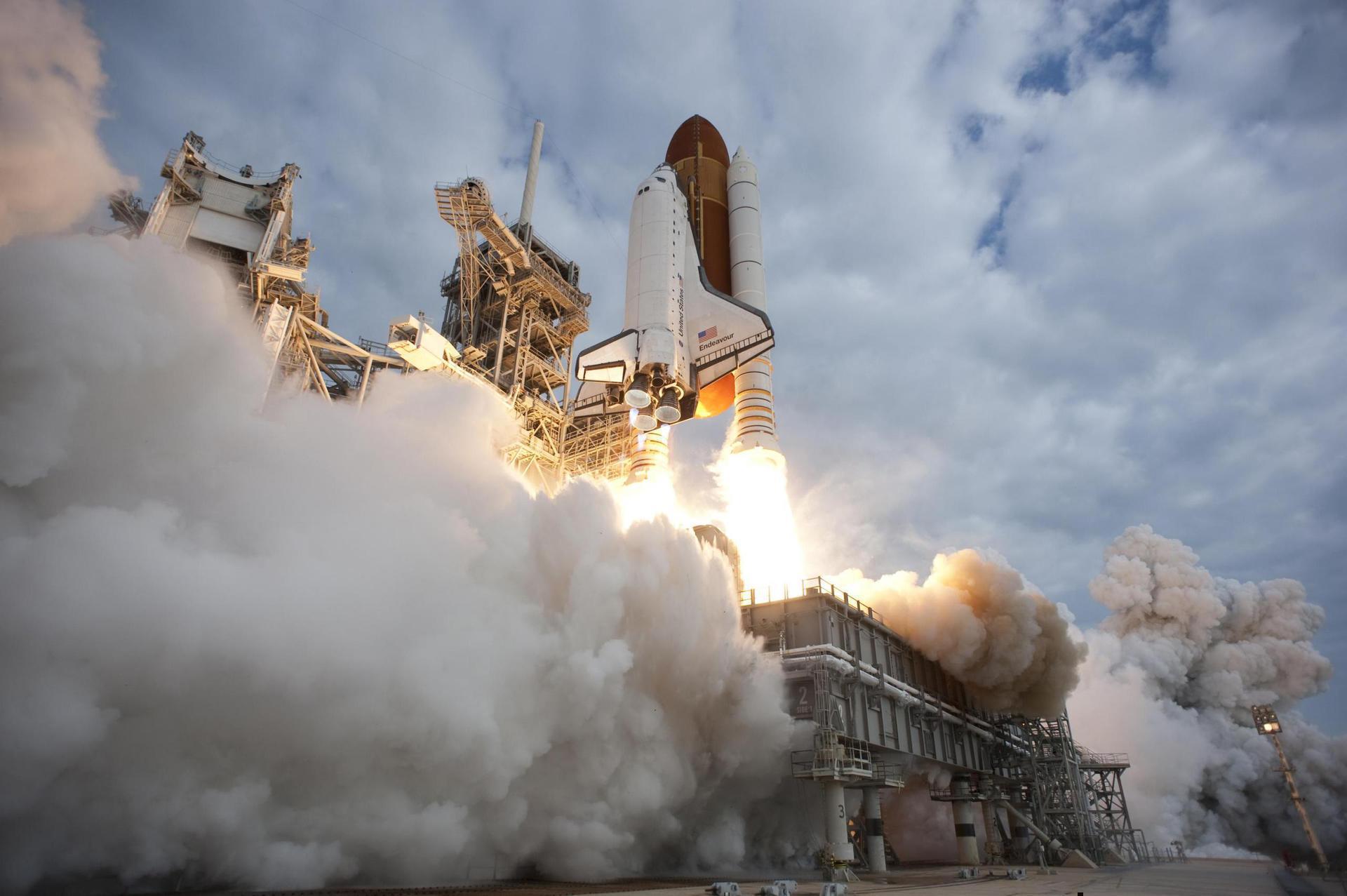Karl Henize
American - (NASA)
Deceased
Date of Birth: Oct. 17, 1926
Date of Death: Oct. 5, 1993
Karl Gordon Henize, Ph.D. was an American astronomer, space scientist, NASA astronaut, and professor at Northwestern University. Henize was selected as a scientist-astronaut by NASA in August 1967. Henize was a mission specialist on the Spacelab-2 mission (STS-51-F) which launched from Kennedy Space Center, Florida, on July 29, 1985. He died in 1993, during a Mount Everest expedition. The purpose of this expedition was to test for NASA a meter called a Tissue Equivalent Proportional Counter (TEPC): testing at different altitudes (17,000 ft, 19,000 ft and 21,000 ft) would reveal how people’s bodies would be affected, including the way bodily tissues behaved, when struck by radiation, and this was important for the planning of long duration space missions.
Space Shuttle Challenger / OV-099 | STS-51-F
National Aeronautics and Space Administration | United States of AmericaKennedy Space Center, FL, USA
July 29, 1985, 9 p.m.
The National Aeronautics and Space Administration is an independent agency of the executive branch of the United States federal government responsible for the civilian space program, as well as aeronautics and aerospace research. NASA have many launch facilities but most are inactive. The most commonly used pad will be LC-39B at Kennedy Space Center in Florida.
Electron
Don't Be Such A Square (STP-S30)
Rocket Lab Launch Complex 2 (Launch Area 0 C) - Wallops Flight Facility, Virginia, USASTP-S30 is a complex mission that will deliver research experiments and technology demonstrations to orbit for the DoD and contribute to future space…
Falcon 9
Starlink Group 15-13
Space Launch Complex 4E - Vandenberg SFB, CA, USAA batch of 27 satellites for the Starlink mega-constellation - SpaceX's project for space-based Internet communication system.
Falcon 9
Starlink Group 6-99
Launch Complex 39A - Kennedy Space Center, FL, USAA batch of 29 satellites for the Starlink mega-constellation - SpaceX's project for space-based Internet communication system.
Ariane 62
Galileo L14 (FOC FM33 & FM34)
Ariane Launch Area 4 - Guiana Space Centre, French GuianaPayload consists of two satellites for Europe's Galileo navigation system.
Atlas V 551
Amazon Leo (LA-04)
Space Launch Complex 41 - Cape Canaveral SFS, FL, USAAmazon Leo, formerly known as Project Kuiper, is a mega constellation of satellites in Low Earth Orbit that will offer broadband internet access, thi…



